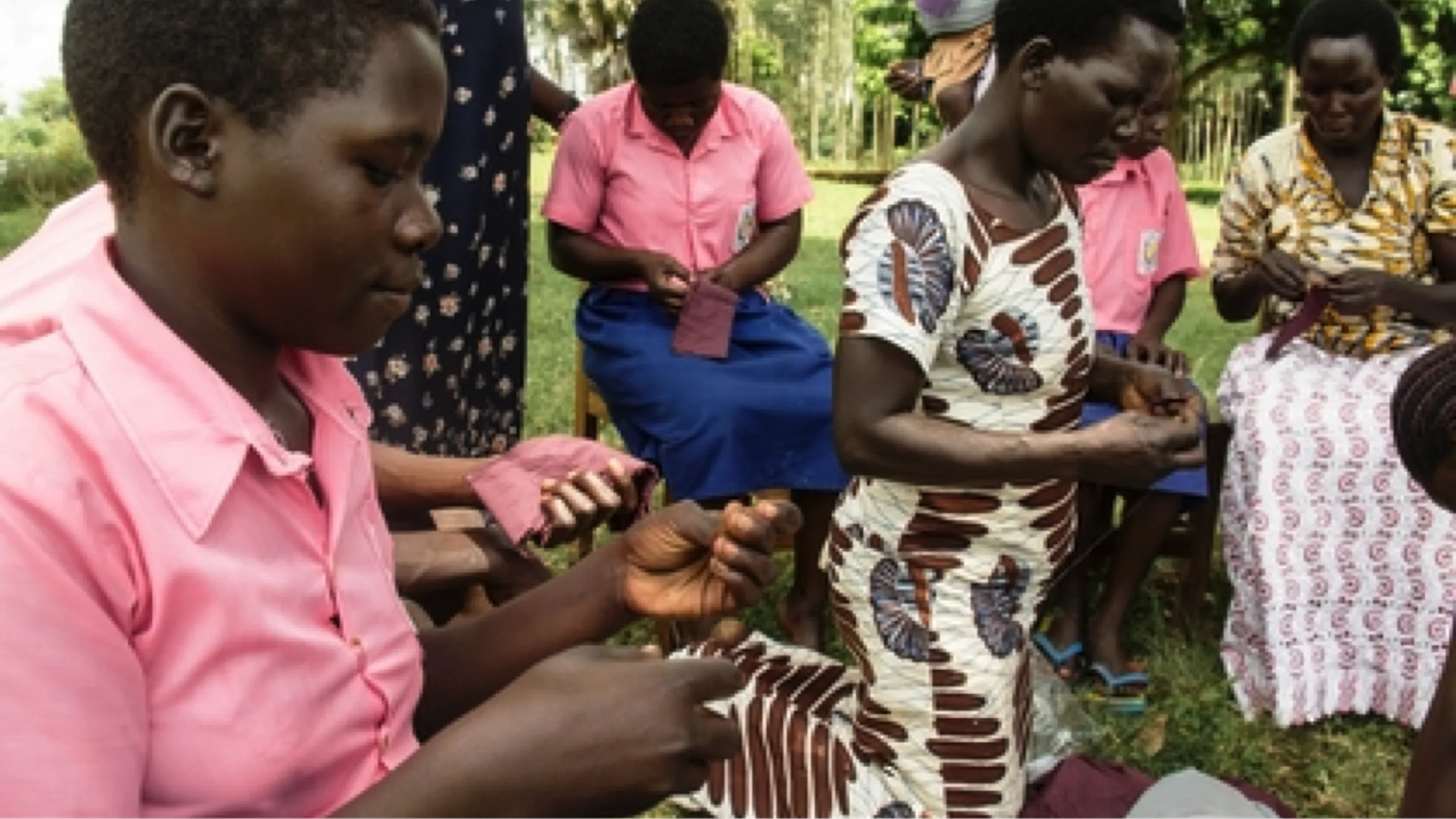Improving Girls' Access through Transforming Education (IGATE)
Zimbabwe,
concluded

Implemented in 10 districts in Zimbabwe, IGATE identifies and addresses those barriers that lead to high drop outs of school girls, including limited or poor hygiene systems and MHM in schools.
SNV in Zimbabwe's participation in the IGATE consortium project led by World Vision Zimbabwe and funded by UKAID was implemented across 10 districts in Zimbabwe. Project activities sough to prevent school girls' early drop-outs by creating an enabling environment that encourages them to stay in the system and/or re-enrol to complete their education.
Some achievements
363 mothers groups from 467 target schools were trained in MHM and the making of Reusable Menstrual Pads (RUMPs). The local production of RUMPs seeks to provide marginalised girls with safe and affordable sanitary ware.
361 school matrons have been trained in MHM and RUMP making in the 10 districts in 4 provinces.
467 Schools Development Committees (SDCs) have been trained in school governance, guided by the statutory provisions (Statutory Instrument 87 of 1992), in WASH management in schools, planning and budgeting, girl child issues including gender based violence and child abuse in schools; in partnership with various government ministries and IGATE consortium partners.
2 sets of manuals including training guides were developed and approved through the Ministry of Primary and Secondary Education’s Curriculum Development Unit. These manuals cover MHM in an effort to break the silence on menstruation and to promote girl-friendly WASH facilities.
164 school health masters/teachers were trained in participatory health and hygiene education (PHHE), with a special focus on school health clubs and MHM, in partnership with the Ministry of Health and Child Care (MoHCC) environmental health department.
The approach
Since 2013, SNV Zimbabwe has been implementing the Improving girls' access through transforming education (IGATE) project with the aim of identifying and reducing the barriers that limit and hinder girls’ educational access.
The various models through which the IGATE project was implemented addressed various barriers that hindered girls' access to education. These included village savings and loans, mothers groups, girl empowerment (power from within), Schools Development Committees (SDCs), capacity building including the Menstrual Hygiene Management (MHM) component, bicycle education empowerment programme (BEEP), male champions for girls' education, channels of hope (religious component targeting challenges of early marriages) and improving children’s reading culture (happy readers).
Within the IGATE consortium project, SNV's focus was capacity building of the SDCs, covering WASH component including MHM.


